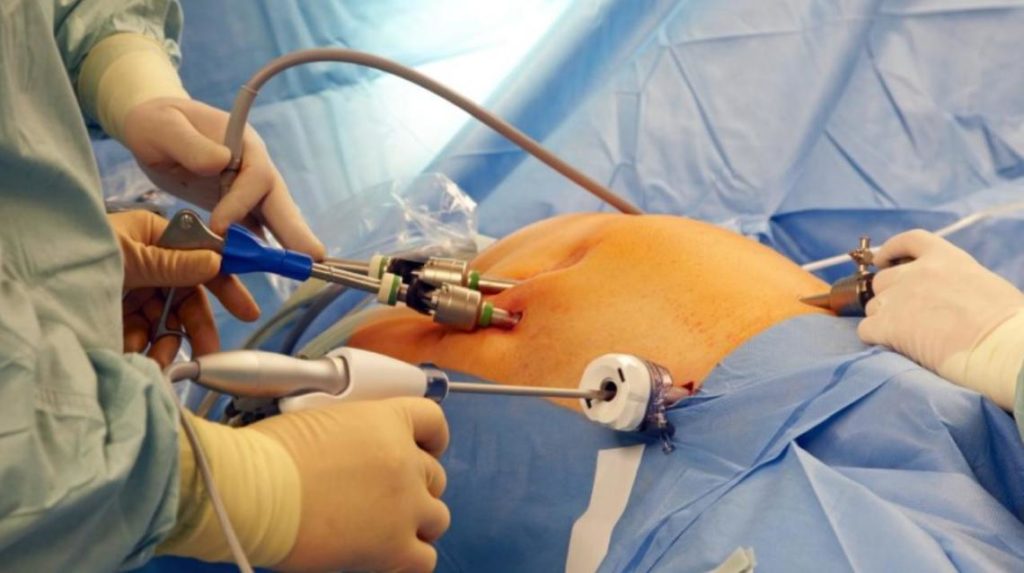What is Diagnostic Hystero-Laparoscopy?

Symptoms Indicating the Need for Diagnostic Hystero-Laparoscopy
A doctor may recommend this procedure if you experience:
- Infertility (unable to conceive after 1 year of unprotected intercourse)
- Chronic pelvic pain
- Painful periods (Dysmenorrhea)
- Irregular or heavy menstrual bleeding
- Recurrent miscarriages
- Suspected uterine abnormalities
- Endometriosis-related symptoms
- Blocked fallopian tubes suspicion
Procedure or Treatment
1. Pre-Procedure Preparation:
Fasting for 6-8 hours before surgery.
Pre-operative blood tests and anaesthesia fitness evaluation.
Admission on the day of procedure.
2. During the Procedure:
Performed under general anaesthesia.
Hysteroscopy: A thin lighted scope (hysteroscope) is inserted through the vagina and cervix into the uterus to inspect the uterine cavity for polyps, fibroids, adhesions, or structural abnormalities.
Laparoscopy: Small keyhole incisions are made near the navel. Carbon dioxide gas is used to inflate the abdomen for better visualisation. A laparoscope (camera) examines the pelvic organs – uterus, ovaries, fallopian tubes, and surrounding structures.
If minor problems like small cysts, adhesions, or polyps are found, they can often be treated during the same procedure.
3. Post-Procedure Care:
Patients are usually discharged the same day or next morning.
Mild abdominal discomfort, bloating, or shoulder pain may be experienced for 1-2 days.
Normal activities can be resumed within a few days as advised by the doctor.
Prevention
While diagnostic hystero-laparoscopy is a diagnostic tool rather than preventive treatment, maintaining good reproductive health through:
- Regular gynaecological check-ups
- Timely management of infections
- Maintaining a healthy weight
- Safe sexual practices
- Early evaluation for menstrual irregularities
can help in identifying issues early and possibly prevent the progression of certain gynaecological conditions.
Benefits of Diagnostic Hystero-Laparoscopy
Comprehensive Evaluation: Simultaneous assessment of uterine cavity and pelvic organs.
Accurate Diagnosis: Detects structural abnormalities, adhesions, fibroids, endometriosis, and tubal blockages effectively.
Minimally Invasive: Small incisions with faster recovery and minimal pain.
Simultaneous Treatment: Minor corrections can be done in the same procedure, reducing the need for multiple surgeries.
Enhanced Fertility Outcomes: Helps plan appropriate fertility treatments based on findings.
Daycare Procedure: Short hospital stay with early return to normal routine.
Types
Diagnostic hystero-laparoscopy is generally considered a combined procedure, but based on intent, it can be categorised as:
Pure Diagnostic Hystero-Laparoscopy: Only evaluation is done without intervention if no minor treatable pathology is found.
Diagnostic with Operative Hystero-Laparoscopy: Diagnostic procedure combined with operative interventions like adhesiolysis, polyp removal, tubal cannulation, or endometriosis ablation during the same sitting if required.
